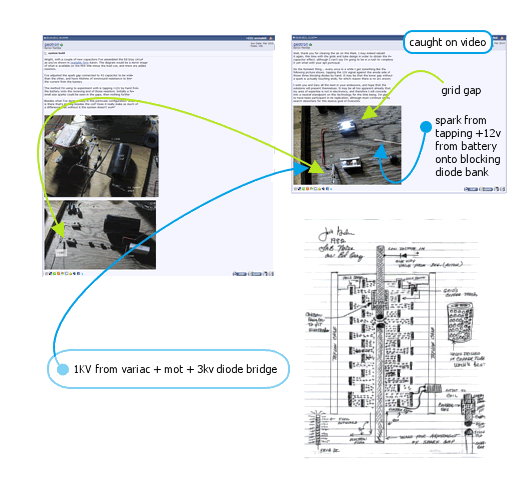yes this is why a 10 turn coil is required on each side of the circuit. stationary waves and reflections play a part. Tesla's circuits were all about stationary waves and the reflections (Tesla's zinc box) amplify it
Tesla presumably got the idea of reflections from hertz's work with zinc sheet on a wall in his experiments
Tesla presumably got the idea of reflections from hertz's work with zinc sheet on a wall in his experiments




Comment